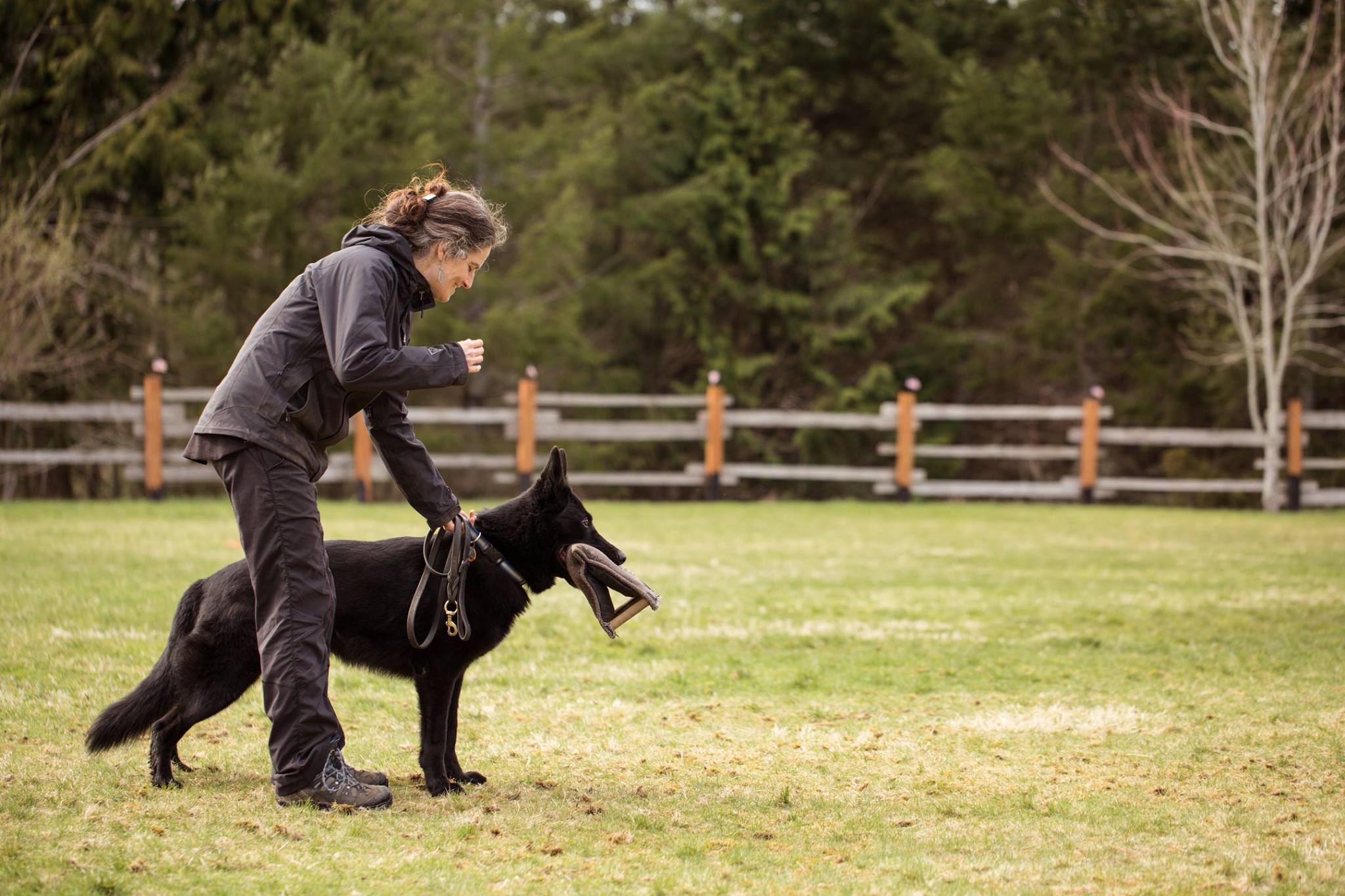I’m going to steal the term “COLLAR GIVES” from my colleague Sarah Stremming because I think it better describes the skill of teaching the dog to push their neck into your hand on cue. That’s what I’m searching for as the end result, a dog that flies into my outstretched hand, with speed and confidence.
Why do we want this skill?
- Positively condition hand on collar/neck
- 1st skill of Loose Leash Walking
- dog volunteers/moves into restraint
- can be used as “reset” skill for mistakes/recalls, etc…
How to get:
Steps:
- Collar grabs
- Movement into hand
- Move with, not against pressure
- Increase distance
- Add a verbal cue if desired
Collar grabs
We need to make sure the dog LIKES collar grabs!
Use the highest reinforcement available (food, tugging, or opportunity to chase). If toy play puts the dog into “stalk” mode, I tend to use food for those types of dogs, mainly because I’m searching for easy, free body language, not stiff, stalky, eyes on toy body language.
Make sure you have a clear marker cue signifying the reinforcement and clear mechanics (verbal preceeds the delivery of the reinforcement.)
Start in front of the dog, reinforcement in the right hand, and extend your left hand to grab the collar on the dog’s LEFT side (your right). Basically the back of your hand will be facing the dog’s neck. It feels weird but this is the quickest way to make the placement of reward work for you. Grab collar,, pause, verbal cue, reinforce dog to your right so that the dog moves to his left to grab the treat. Quickly work up to pulling the dog’s collar in the direction that you will reinforce. Do not pull the dog hard enough to make them move, that part comes for free because of the placement of reward. If you notice your dog looking at your treat hand, move your hand out of sight behind your back.
Here is Talic showing this:
After 5 repetitions of that, put reinforcement behind your back or in your pocket and repeat the steps, making sure your mechanics are clean.
Our target behavior to move to the next step is a dog that gives “I like this!” behavior when you grab the collar. Make sure you can describe to yourself what that looks like so when you see it, you recognize it.
Lateral movements:
This is not absolutely necessary but a good skill for the dog to have, since sometimes we’ll be expecting him to move laterally into your hand when cued. Most dogs have no idea how to move their bodies sideways. If your dog knows a lateral movement, it’s a good idea to practice some laterals (cued or offered) before practicing this next step. It might make it easier for the dog to understand!
I prefer to teach this from the front….and… that teaching the skill of moving laterally is probably worth another blog post. 🙂
Move into pressure:
Go back to step 1, a couple collar grabs, and then place your hand an inch from the dog’s collar. Look for any lateral movement from the dog towards your hand, and instantly cue your verbal marker when you feel the neck fur or the collar in your hand.
Here is Bayles first session learning this:
Repeat, gradually extending your hand’s distance away from the dog’s neck.
Increase distance
Throw a reset treat to get the dog some distance away. You can either extend your hand as the dog comes towards you or leave your hand extended so that the dog is not attracted to the motion of the hand and has to make the choice. Most dogs will at some point offer a nose touch, so keep to the criteria of neck touches.
Extend distance and arousal by either throwing the reset treat farther, or sending the dog around a pole.
Here is Ones showing his enthusiastic neck shove:
Do you want a verbal cue?
Your “cue” by this time is often the extended hand (I use my left), but feel free to add a verbal cue as well.
Looks like I need to write a blog on adding “stand-by”, a stand and wait behavior that makes it easy to add verbal cues for already shaped behaviors.
If this skill appeals to you, check out my upcoming Spaces in Between class starting February 1st, 2020, offered through the online school fenzidogsportsacademy.com


Awesome post! Keep up the great work! 🙂
I love this! Can’t wait to try it! I think this would really benefit my young lab! Thank you!
As always, clearly explained and clear video examples of each step. Thank you for sharing this with us Shade!